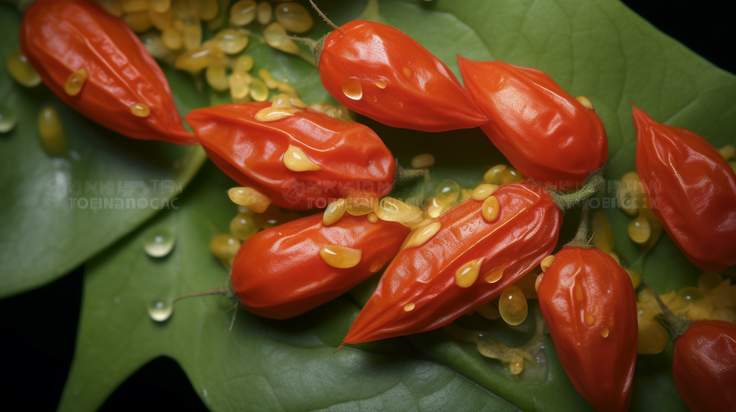A Comprehensive Guide to Pepper Pest and Disease Management

Pepper plants, with their vibrant fruits and distinctive flavors, are a staple in many gardens. However, like any other crop, they are susceptible to pests and diseases that can threaten their health and productivity. In this article, we will explore common pests and diseases that can affect pepper plants and provide effective strategies to address and prevent these issues.
Common Pests Affecting Pepper Plants:
Aphids (Aphidoidea):
- Identification: Small, soft-bodied insects that cluster on the undersides of leaves, usually green or yellow.
- Damage: Aphids feed on plant sap, causing leaves to curl, distort, and yellow. They can also transmit viral diseases.
- Solution: Remove aphids by spraying plants with a strong stream of water. Use insecticidal soap or neem oil as a natural remedy. Introduce beneficial insects like ladybugs or lacewings to control aphid populations.
Spider Mites (Tetranychidae):
- Identification: Tiny, red or brown arachnids that create fine webs on leaves.
- Damage: Spider mites suck the sap from plant tissues, leading to stippled, discolored leaves and reduced fruit production.
- Solution: Increase humidity around plants by misting them regularly. Apply neem oil or insecticidal soap to control infestations.
Whiteflies (Aleyrodidae):
- Identification: Small, white, moth-like insects found on the undersides of leaves.
- Damage: Whiteflies weaken pepper plants by feeding on sap, causing leaves to turn yellow and wilt. They also excrete honeydew, promoting the growth of sooty mold.
- Solution: Use yellow sticky traps to monitor and capture adult whiteflies. Apply neem oil or insecticidal soap to reduce populations.
Common Diseases Affecting Pepper Plants:
Bacterial Leaf Spot (Xanthomonas campestris):
- Identification: Circular, water-soaked lesions on leaves that turn brown with a yellow halo.
- Control: Remove and destroy infected leaves. Apply copper-based fungicides early in the season to prevent the spread of the disease. Practice crop rotation to reduce the risk of recurrence.
Fungal Rot (Phytophthora spp.):
- Identification: Brown or black lesions on stems and roots, often accompanied by wilting and leaf drop.
- Control: Improve soil drainage and avoid overwatering. Remove and destroy affected plants. Consider using fungicide treatments, especially in wet conditions.
Powdery Mildew (Erysiphe spp.):
- Identification: White, powdery growth on leaves, stems, and fruits.
- Control: Improve air circulation by spacing plants adequately. Apply fungicidal sprays containing sulfur or neem oil. Remove and destroy severely infected plant parts.
Preventive Measures for Healthy Pepper Plants:
Select Disease-Resistant Varieties: Choose pepper varieties with resistance to common diseases in your region.
Crop Rotation: Avoid planting peppers in the same spot for consecutive years to reduce the buildup of soil-borne pathogens.
Proper Watering: Water at the base of the plant to keep foliage dry, as moisture on leaves can promote disease development.
Weed Control: Keep the garden area weed-free, as weeds can harbor pests and diseases.
Sanitation: Regularly clean and sanitize gardening tools and containers to prevent disease transmission.
Conclusion
Growing healthy pepper plants involves vigilance, proper care, and timely intervention. By identifying and addressing common pests and diseases, you can protect your pepper crop and enjoy a bountiful harvest of flavorful, spicy peppers. Remember that early detection and prevention are key to successful pest and disease management in your pepper garden.